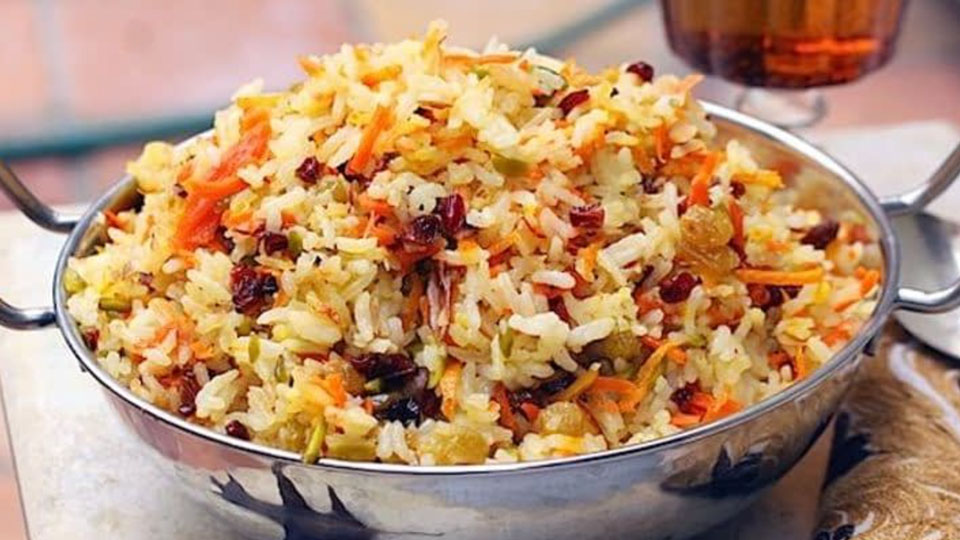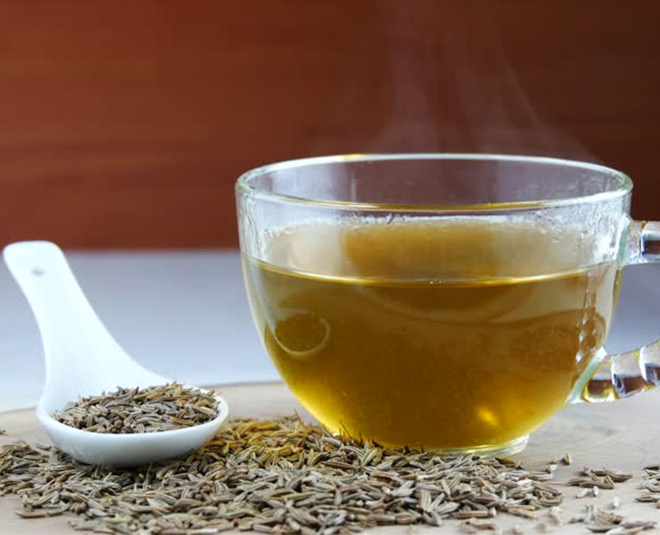Introduction
Jeera is the Hindi word for cumin, a spice that is commonly used in cuisines around the world. It has a warm, earthy flavor and is often used in curries, tacos, and other savory dishes. Cumin seeds are also used to make jeera water, a traditional Indian beverage that is said to have many health benefits.
It is native to the eastern Mediterranean region and has been used for centuries in various cuisines around the world. Jeera is derived from the seeds of the Cuminum cyminum plant and is a crucial ingredient in Indian, Middle Eastern, and Mexican cuisines.
What is Jeera?
Jeera, also known as cumin, is a spice widely used in cooking for its distinct flavor and aroma. Cumin is a good source of dietary fiber, iron, and manganese. It also contains antioxidants and anti-inflammatory compounds. Some research suggests that cumin may have health benefits such as improving digestion, reducing inflammation, and lowering blood sugar levels.
What is its historical significance?
Jeera has a rich historical significance and has been used for various purposes throughout history. It has been mentioned in ancient Egyptian texts, and it was even found in the tomb of Tutankhamun. Jeera has been used as a culinary spice, a natural remedy for various ailments, and as a symbol of love and fidelity. It played an essential role in trade routes and cultural exchanges between different civilizations.
Types of Jeera
There are many different types of jeera (cumin) available, each with its unique flavor and aroma. Here are some of the most popular types:
- Safaid jeera (cumin seeds): This is the most common type of jeera and is used in a variety of Indian and international cuisines. It has a warm, earthy flavor.
- Kala jeera (black cumin): Black cumin seeds are smaller and darker than safaid jeera and have a stronger, more pungent flavor. They are often used in Middle Eastern and African cuisines.
- Shahi jeera (bitter cumin): Shahi jeera is a variety of jeera that is native to Kashmir. It has a bitter taste and is often used in Kashmiri cuisine.
- Bund cumin (Ethiopian cumin): Bund cumin is a variety of jeera that is native to Ethiopia. It has a unique flavor that is both nutty and spicy.
- Zira (Persian cumin): Persian cumin is a variety of jeera that is native to Iran. It has a strong, smoky flavor and is often used in Persian cuisine.
In addition to these different types of jeera, many blends are available. For example, garam masala is a popular Indian spice blend that contains jeera as well as other spices such as coriander, cardamom, and cloves.
When choosing a type of jeera, it is important to consider the dish that you are making. For example, if you are making a curry, you may want to use a milder type of jeera, such as safari jeera. If you are making a dish with a stronger flavor, such as a taco, you may want to use a stronger type of jeera, such as kala jeera or shahi jeera.
No matter which type of jeera you choose, it is sure to add a delicious flavor to your dish.
Chyawanprash: Benefits, Side Effects and Precautions
Health Benefits of Jeera

Jeera, also known as cumin, is a spice that has been used for centuries in traditional medicine. It is packed with nutrients and antioxidants and has been shown to have a variety of health benefits.
- Improves digestion: Jeera is a natural digestive aid and can help relieve bloating, gas, and constipation. It also helps to increase the production of bile, which is essential for fat digestion.
- Boosts metabolism: Jeera can help boost metabolism and promote weight loss. It contains a compound called thymol, which has been shown to increase the body’s fat-burning rate.
- Reduces cholesterol: Jeera can help to reduce cholesterol levels and improve heart health. It contains compounds that can help lower LDL (bad) cholesterol and raise HDL (good) cholesterol.
- Controls blood sugar: Jeera can help to control blood sugar levels and improve insulin sensitivity. This is especially beneficial for people with diabetes or prediabetes.
- Has anti-inflammatory properties: Jeera contains compounds that have anti-inflammatory properties. This can help to reduce inflammation throughout the body and protect against chronic diseases such as heart disease, cancer, and arthritis.
- Boosts immunity: Jeera is a good source of antioxidants, which can help boost the immune system and protect against infections.
- Weight Management: Some studies suggest that jeera may aid in weight loss by boosting metabolism and reducing appetite.
In addition to these health benefits, jeera is also a good source of dietary fiber, iron, and manganese. It is also a low-calorie spice, making it a healthy addition to any diet.
Culinary Uses of Jeera
Jeera, also known as cumin, is an aromatic spice that is widely used in various cuisines around the world. Its distinct flavor and aroma add depth and complexity to dishes, making it a popular choice among chefs and home cooks alike. In this article, we will explore the culinary uses of jeera, both in traditional Indian cuisine and in global cooking.
Here are some ways to incorporate jeera into your diet:
- Add it to curries, stews, and other savory dishes.
- Sprinkle it on roasted vegetables, meat, or fish.
- Make jeera water by steeping cumin seeds in hot water.
- Add it to smoothies or yogurt.
- Use it to flavor hummus or other dips.
Jeera is a delicious and versatile spice that can be used in many different ways. It is also a good source of nutrients and has a variety of health benefits.
- Jeera as a Key Spice in Indian Cuisine

In Indian cuisine, jeera is a staple spice that is used in a wide range of dishes. It is often one of the key ingredients in curry powders and spice blends, adding a warm and earthy flavor. Jeera is commonly used in dishes like biryani, dal, and various vegetable curries. It can be used whole, toasted, or ground to enhance the flavor of both vegetarian and non-vegetarian preparations. The aroma of jeera is particularly pronounced when it is dry-roasted before being used in recipes.
- Jeera in Global Cooking
While jeera is most commonly associated with Indian cuisine, it is also used in various other global cooking traditions. In Middle Eastern cuisine, jeera is a popular spice used in dishes like falafel, hummus, and couscous. In Mexican cuisine, jeera is used in chili powders and spice rubs for meats. It adds a warm and smoky flavor to dishes like chili con carne and tacos. Jeera is also utilized in North African cuisine, particularly in dishes like tagines and harissa spice blends.

Whether you are exploring the rich flavors of Indian cuisine or experimenting with global recipes, jeera is a versatile and essential spice to have in your pantry. Its distinctive taste and aroma can elevate a wide range of dishes and provide a unique and flavorful experience. So next time you are cooking, don’t forget to reach for jeera and add a touch of warmth and complexity to your culinary creations.
What role do sleep and stress management play in maintaining a healthy immune system?
Here are some of the ways that jeera can be used:
- Whole cumin seeds: These can be roasted or fried to enhance their flavor. They are often used in curries and other Indian dishes.
- Ground cumin: Ground cumin is more versatile and can be used in a variety of dishes, such as tacos, chili, and meatloaf.
- Jeera water: Jeera water is made by steeping cumin seeds in hot water. It is a popular drink in India and is said to have many health benefits, such as improving digestion and relieving gas.

Jeera is a delicious and versatile spice that can be used in many different dishes. It is also a good source of nutrients and ma
Nutritional Value and Composition of Jeera
Jeera, also known as cumin, is a spice widely used in culinary dishes for its distinctive flavor and aroma. Apart from adding taste to dishes, jeera also offers numerous health benefits. Let’s explore the nutritional value and composition of jeera, including its vitamins, minerals, amino acids, and essential oils.
- Vitamins and Minerals in Jeera
Jeera is a good source of various vitamins and minerals that are essential for maintaining overall health. It contains significant amounts of iron, a crucial mineral involved in the production of red blood cells and oxygen transport. Additionally, jeera is rich in calcium, which is vital for bone health, and magnesium, which plays a key role in various enzymatic reactions in the body. It also provides traces of vitamins like vitamin E, vitamin A, and vitamin C.
- Amino Acids and Essential Oils in Jeera
Jeera contains several important amino acids that the body needs for various functions. These include lysine, phenylalanine, valine, and tryptophan. Amino acids are the building blocks of proteins, which are essential for muscle development and repair, as well as the synthesis of enzymes and hormones.
Furthermore, jeera is known for its abundance of essential oils. These oils contribute to the unique flavor and medicinal properties of jeera. Some of the notable essential oils found in jeera include cumin aldehyde, cumin aldehyde, and limonene. These oils have antioxidant, antimicrobial, and digestive properties, making jeera a beneficial spice for overall well-being.
Incorporating jeera into your diet can provide you with these nutritional benefits. Whether you add it as a spice to your dishes or consume it in the form of jeera water or tea, this versatile spice can contribute to your overall health.
Buying of Jeera
When it comes to cooking delicious Indian and Middle Eastern dishes, jeera, also known as cumin, is an essential spice. Its distinct flavor and aroma can elevate the taste of any dish. If you are new to using jeera or want to ensure you are buying and storing it correctly, here are some tips to help you out.
Tips for Selecting High-Quality Jeera
- Go for Whole Seeds: It is always best to buy whole jeera seeds rather than the pre-ground powder. Whole seeds retain their flavor and aroma for a longer period, ensuring you get the freshest taste when you grind them yourself.
- Check the Color and Texture: High-quality jeera seeds are generally brown and have a smooth texture. Avoid seeds that are discolored, have a dull appearance, or contain any impurities.
- Smell the Aroma: Fresh jeera has a strong, earthy aroma. Give the seeds a good sniff to check if they are fragrant. Be cautious if the aroma is weak or unpleasant, as it may indicate poor quality or improper storage.
What are the benefits of Ajwain?
Proper Storage Techniques for Jeera
To ensure the longevity and freshness of your Jeep, follow these storage techniques:
- Keep it Airtight: Transfer your jeera seeds to an airtight container to prevent moisture, air, and other contaminants from affecting their quality. Glass jars with tight-fitting lids are ideal for storage.
- Store in a Cool and Dark Place: Jeera should be stored in a cool and dark place like a pantry or cupboard. Avoid exposing it to direct sunlight or heat, as it can cause the spice to lose its flavor and potency.
- Avoid Excessive Opening: Each time you open the container, moisture and air can enter. It’s best to take out the required amount of jeera at once and promptly close the container to maintain its freshness.
By following these tips for selecting high-quality jeera and storing it properly, you can ensure that your spice retains its flavor and aroma for a longer time. Enjoy cooking with this versatile and delicious spice!
Myths and Misconceptions about Jeera
There are some myths and misconceptions surrounding Jeera that need to be addressed. One common misconception is that jeera can cause acidity or heartburn. However, research suggests that it helps reduce acidity and soothe the stomach.
Another myth is that consuming jeera during pregnancy can lead to miscarriage. This is not true. Jeera is safe to consume during pregnancy and can provide relief from common pregnancy discomforts such as nausea and morning sickness.
Conclusion
Jeera, also known as cumin, is a versatile spice that offers numerous benefits and is a staple in many cuisines around the world. It has been used for centuries not only for its aromatic flavor but also for its medicinal properties. In this article, we have explored the various benefits and versatility of jeera, as well as debunking some common myths and misconceptions associated with it.
In conclusion, jeera is a spice that offers a wide range of benefits and adds incredible flavor to various dishes. It is a versatile ingredient that can be used in countless recipes and cuisines. By utilizing jeera in your cooking, you can enhance the taste and reap the many health advantages it has to offer. So go ahead and add jeera to your spice rack, and get ready to elevate your culinary creations!
